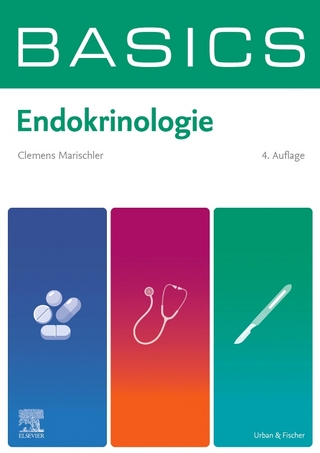
Gene Engineering in Endocrinology
Humana Press Inc. (Verlag)
978-0-89603-718-2 (ISBN)
During the past five to ten years, a variety of tools has been developed in the disciplines of both gene engineering, and molecular and structural biology. Some of these advances have permitted scientists not only to identify and characterize genes, but also to target these genes by disruption, thus eliminating their function in living animals, and to det- mine the biological responses to altered gene products. This has particular significance in endocrine systems, in which feedback mechanisms between the hypothalamus, pi- itary, and end organs are critical in normal physiology. Interpretation of the physiological significance, or the site of action of specific molecules in this context, has been difficult prior to transgenic technology. Major advances have occurred specifically in the areas of growth and development, and of reproduction. Coupled with analysis of naturally occurring mutations in humans, the use of transgenic animals and in vitro systems has recently allowed endocrinologists to understand the importance of specific thyroid hormone receptor isoforms in vivo, the molecular basis for generalized resistance to thyroid hormones via mutations in the nuclear receptor, and mechanisms for suppressing gene transcription. Previously designated “orphan rec- tors,” such as steroidogenic factor-1, were demonstrated to have critical roles in dev- opment and reproduction. Other nuclear receptors—including those for thyroid hormone, estrogens, androgens, and progesterone—were shown to bind to coactivator and co- pressor proteins that modified their transcriptional activity, and contributed to the ce- specific effects of the hormones.
I Growth, Development, and Metabolism.- 1 Differential Cell Signaling and Gene Activation by the Human Growth Hormone Receptor: From Cell Surface to Cell Nucleus.- 2 Insulin Action: Molecular Mechanisms and Determinants of Specificity.- 3 Ets Transcription Factors: Nuclear Integrators of Signaling Pathways Regulating Endocrine Gene Expression and Carcinogenesis.- 4 Pit-1 Expression, Regulation, and Modulation of Multiple Pituitary Genes.- 5 Subnuclear Trafficking of Glucocorticoid Receptors: General Mechanisms and Specific Recruitment to a Unique Target Site by Tethering to a DNA-Bound POU Domain Protein.- 6 Thyroid Hormone Receptors and Their Multiple Transcriptional Roles.- 7 Models of Resistance to Thyroid Hormone.- 8 Thyroid Hormone Receptor Family Members: Homodimers, Heterodimers, and Mechanisms of Transcriptional Repression.- 9 SF-1 and DAX-1: A Dynamic Duo in Endocrine Development.- II Reproductive System.- 10 Gene Knockout Models to Study the Hypothalamus-Pituitary-Gonadal Axis.- 11 Transgenic Approaches to Study Developmental Expression and Regulation of the Gonadotropin Genes.- 12 Molecular Events Defining Follicular Developments and Steroidogenesis in the Ovary.- 13 Regulation of Inhibin Subunit Gene Expression by Gonadotropins and cAMP in Ovarian Granulosa Cells.- 14 Placental Trophoblast Cells: Transcriptional Regulation and Differentiation.- 15 Alternative Splicing of mRNAs for cAMP-Responsive Transcriptional Factors and Modulation of Gene Transcription in the Testis.- 16 The Androgen Receptor, Androgen Insensitivity, and Prostate Cancer.- 17 Genetic Determination of Androgen Responsiveness.- 18 Steroid Receptor Regulation by Phosphorylation and Cell Signaling Pathways.- 19 Steroid Receptor Actions: Agonists and Antagonists and the Role of Coactivators and Corepressors.
| Erscheint lt. Verlag | 1.4.2000 |
|---|---|
| Reihe/Serie | Contemporary Endocrinology ; 22 |
| Zusatzinfo | XII, 428 p. |
| Verlagsort | Totowa, NJ |
| Sprache | englisch |
| Maße | 178 x 254 mm |
| Themenwelt | Medizinische Fachgebiete ► Innere Medizin ► Endokrinologie |
| Technik ► Umwelttechnik / Biotechnologie | |
| ISBN-10 | 0-89603-718-5 / 0896037185 |
| ISBN-13 | 978-0-89603-718-2 / 9780896037182 |
| Zustand | Neuware |
| Haben Sie eine Frage zum Produkt? |
aus dem Bereich


